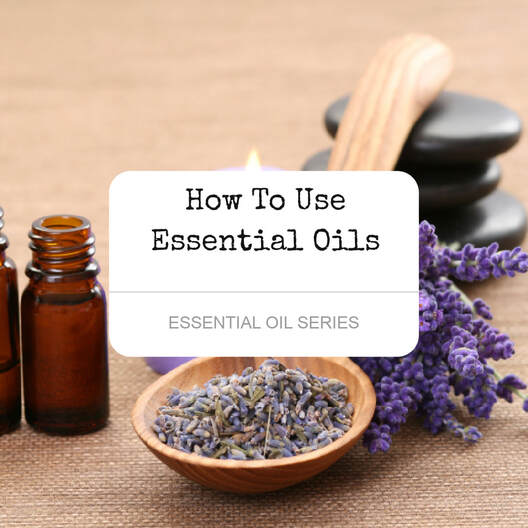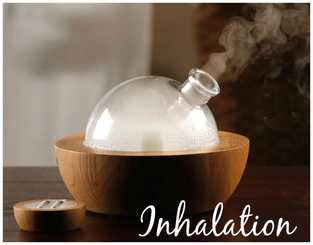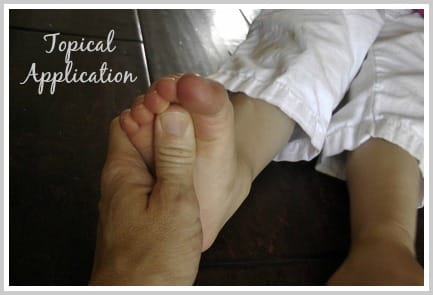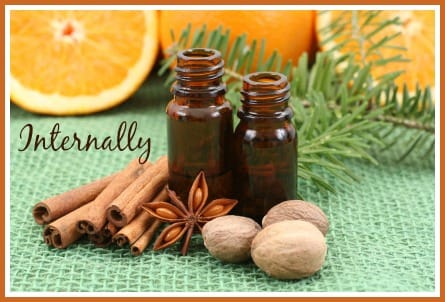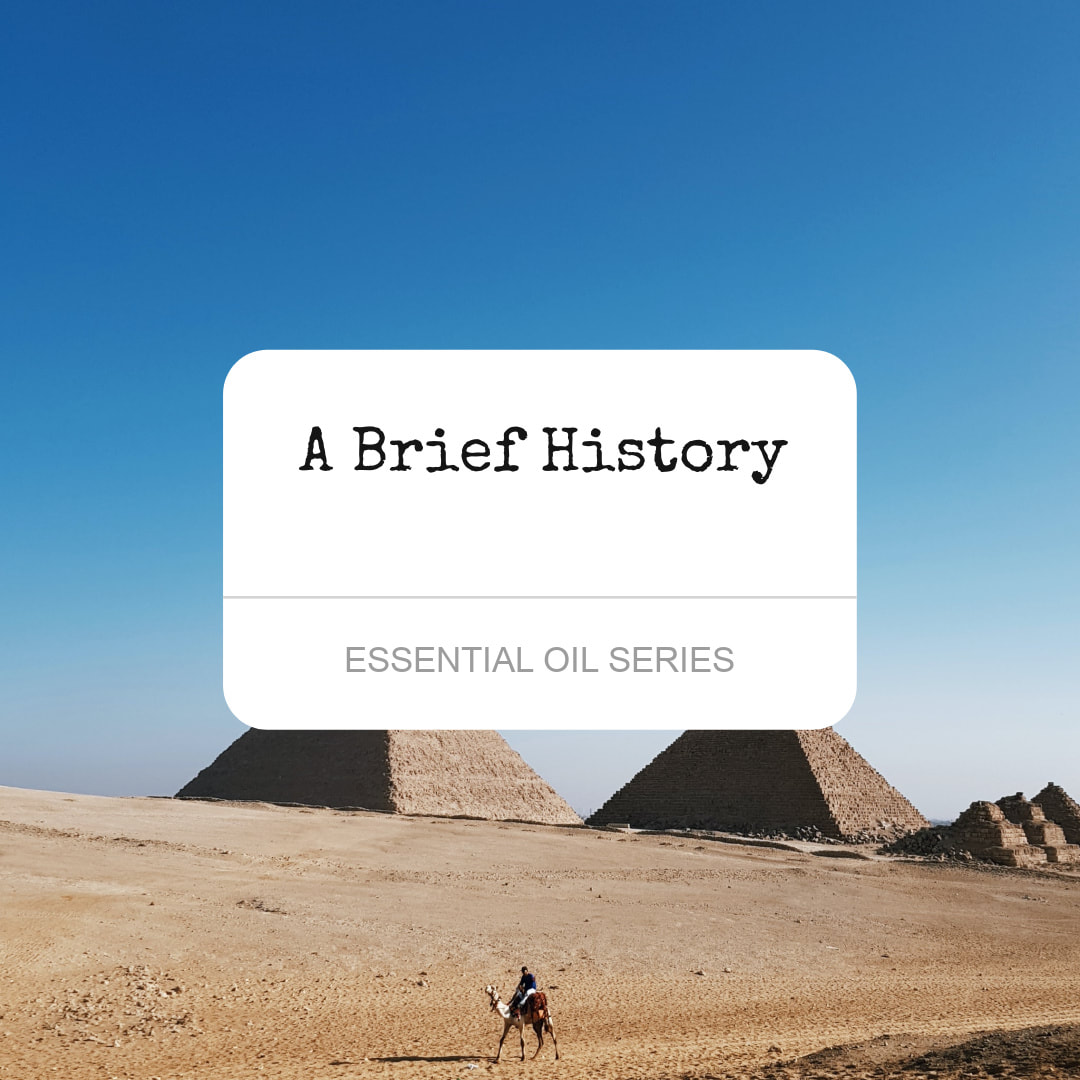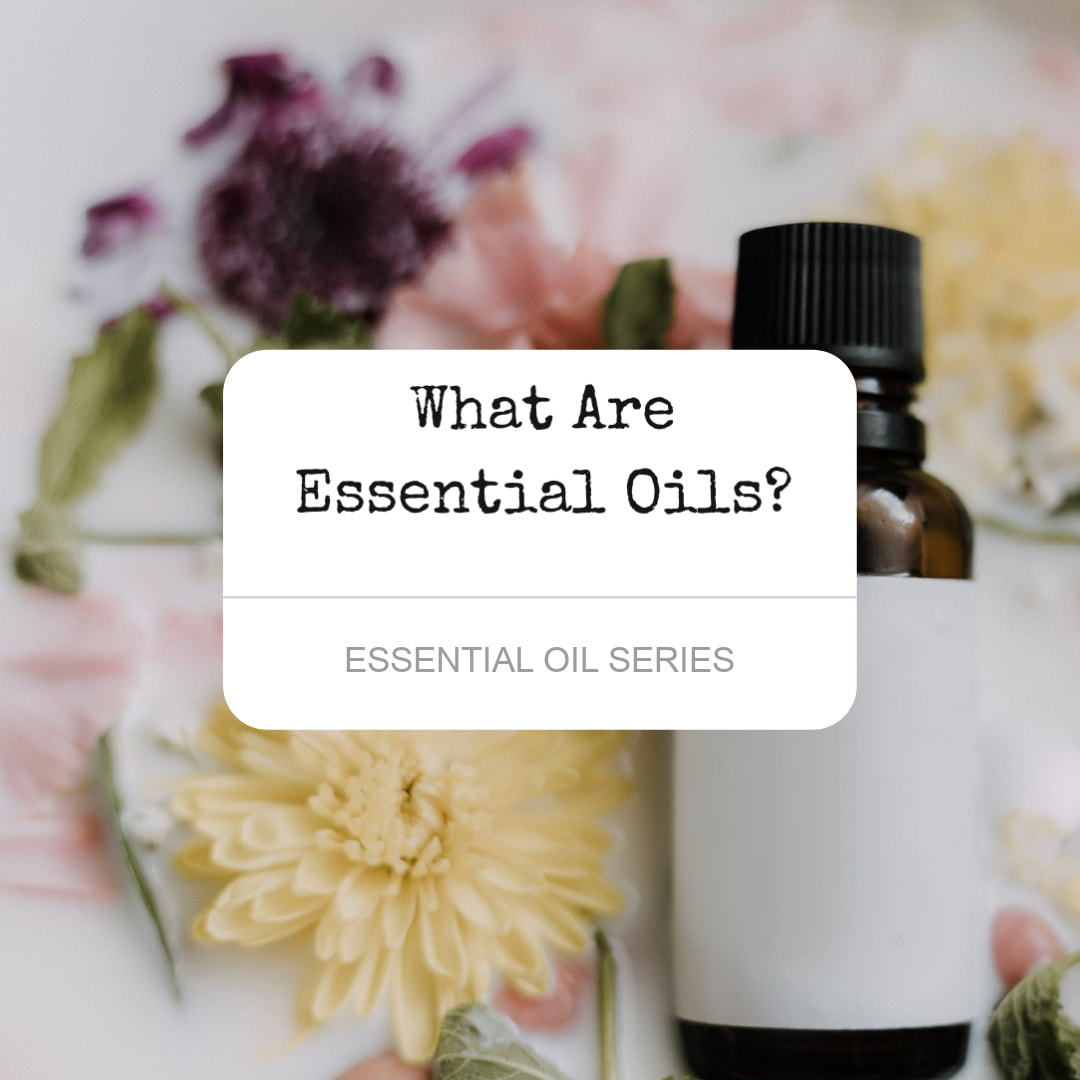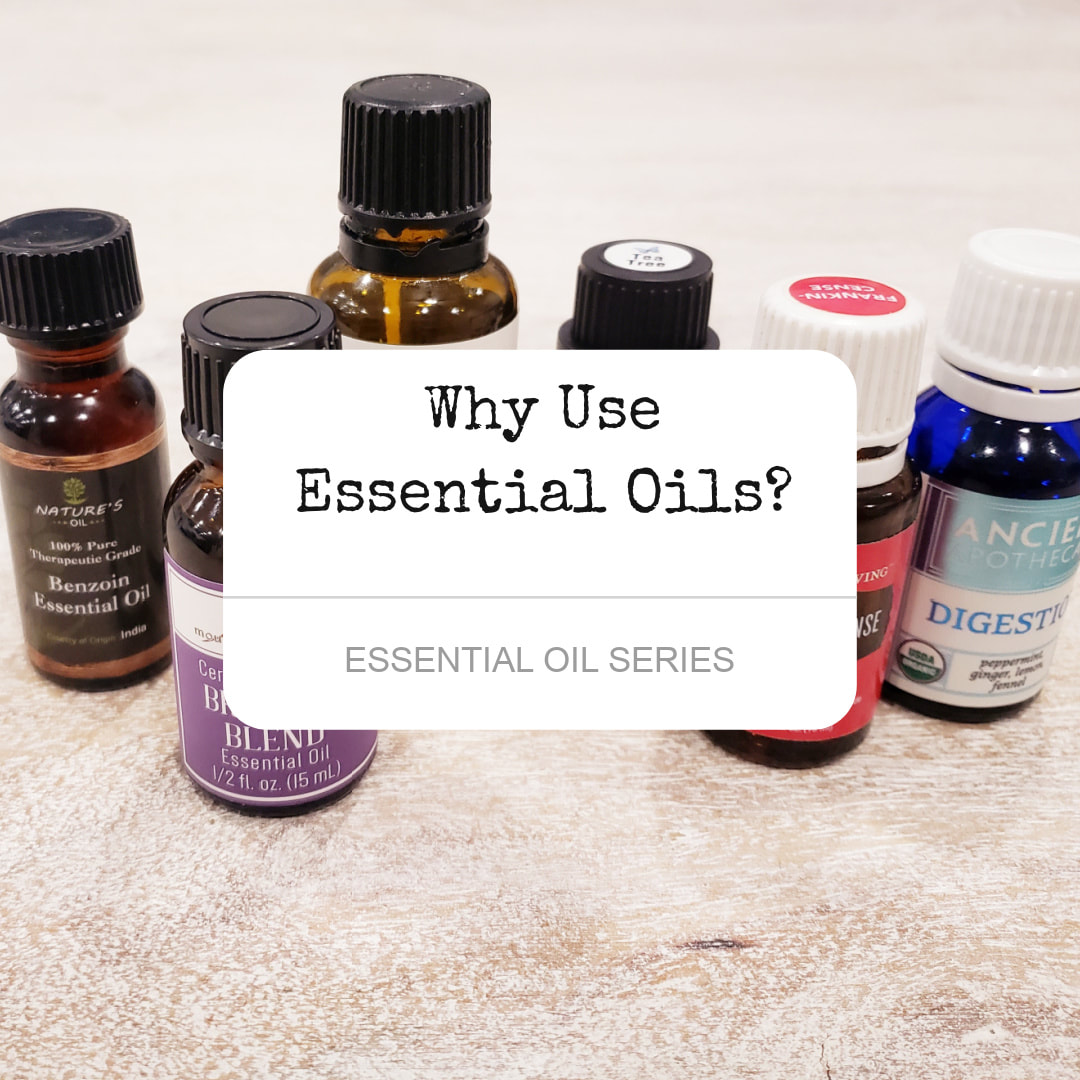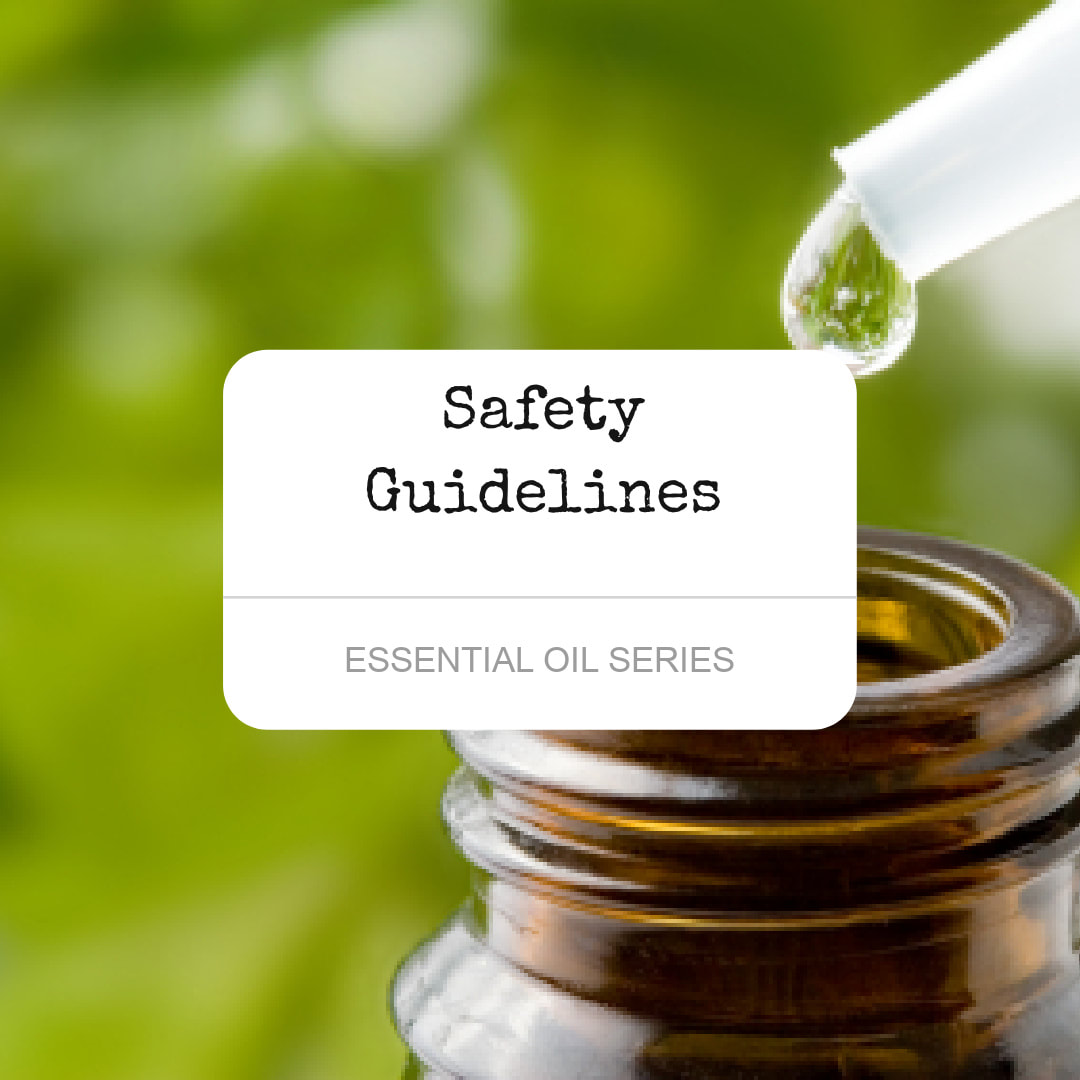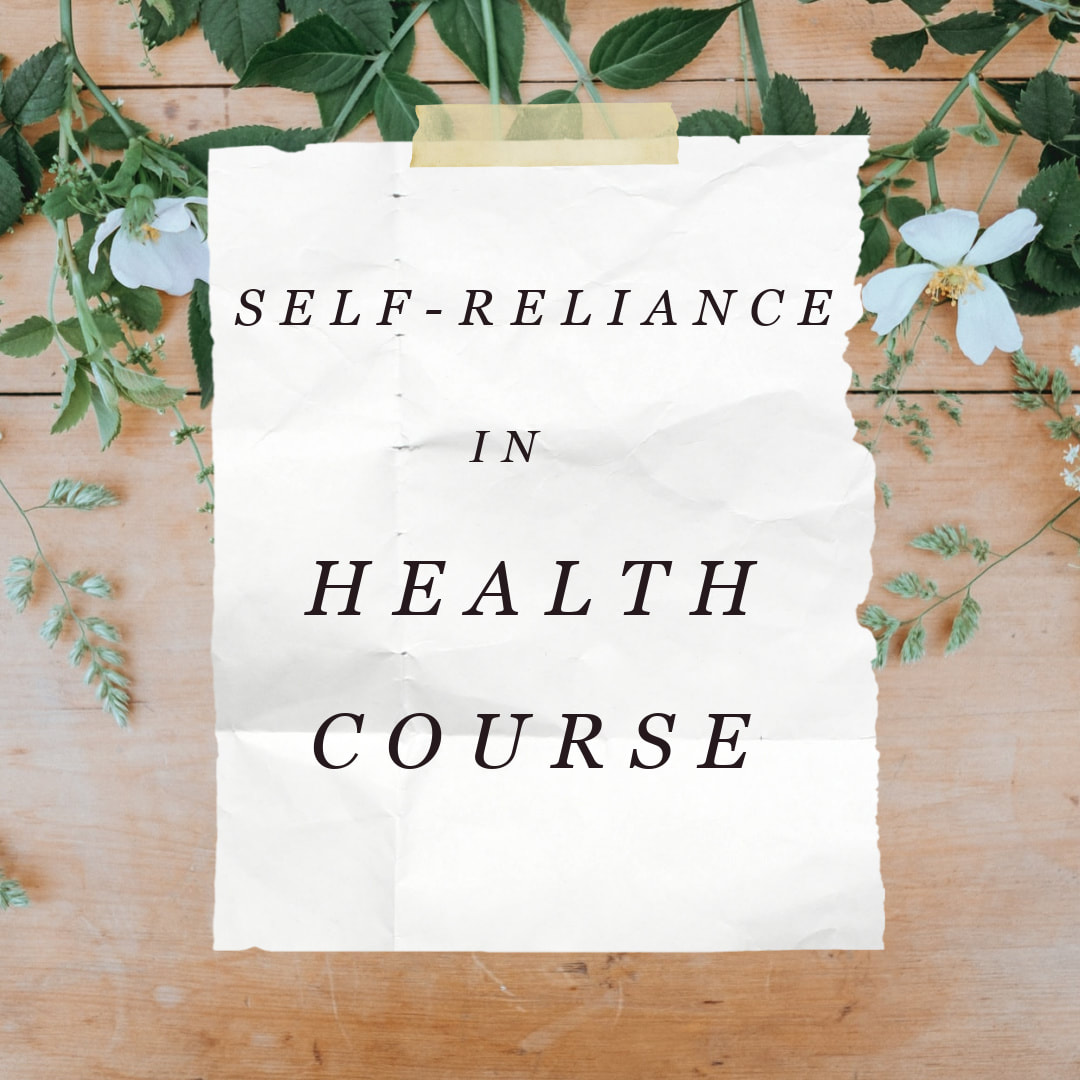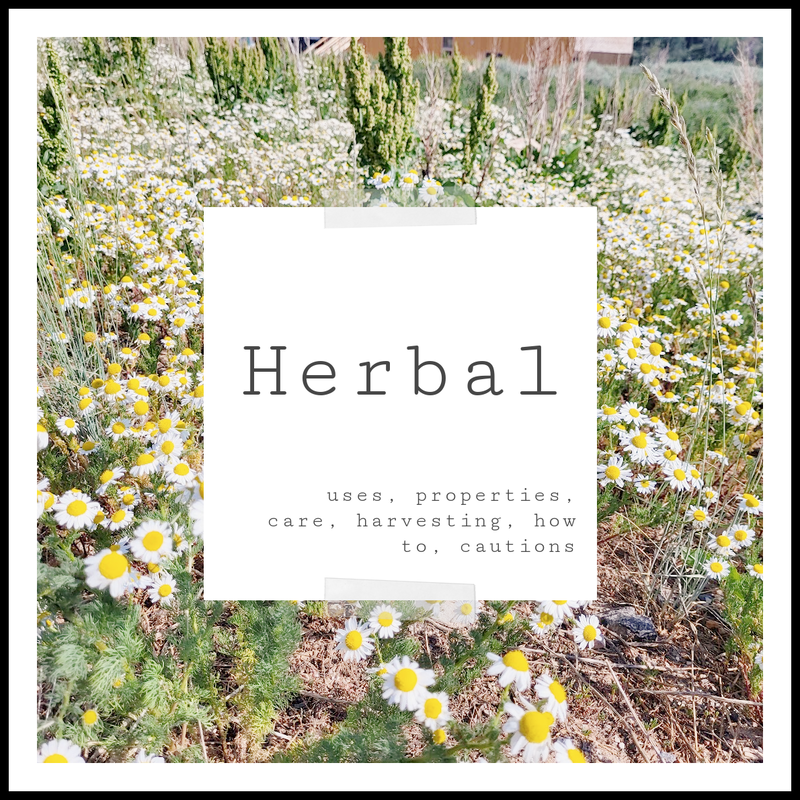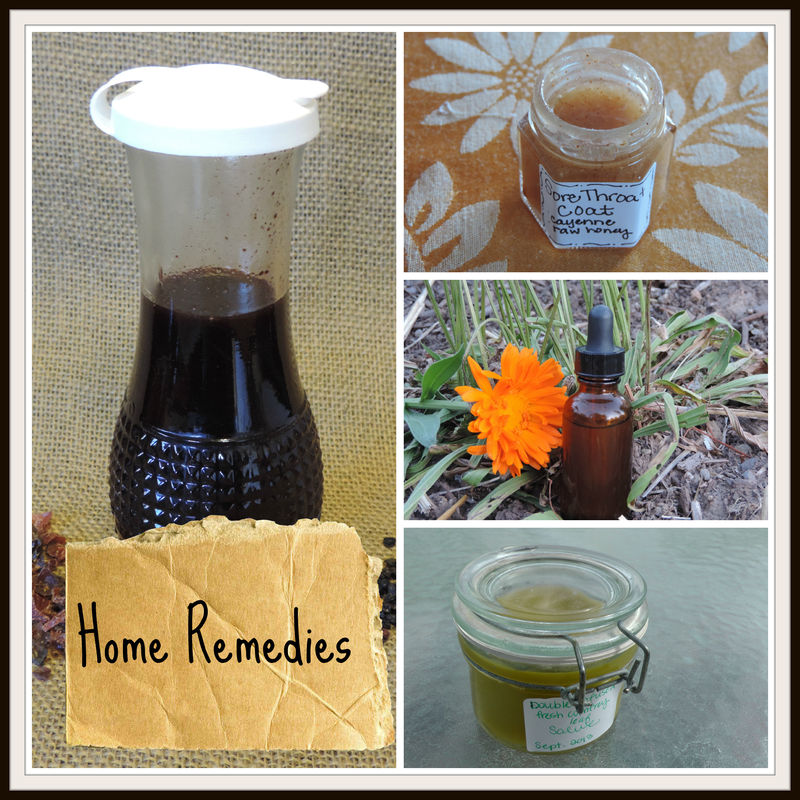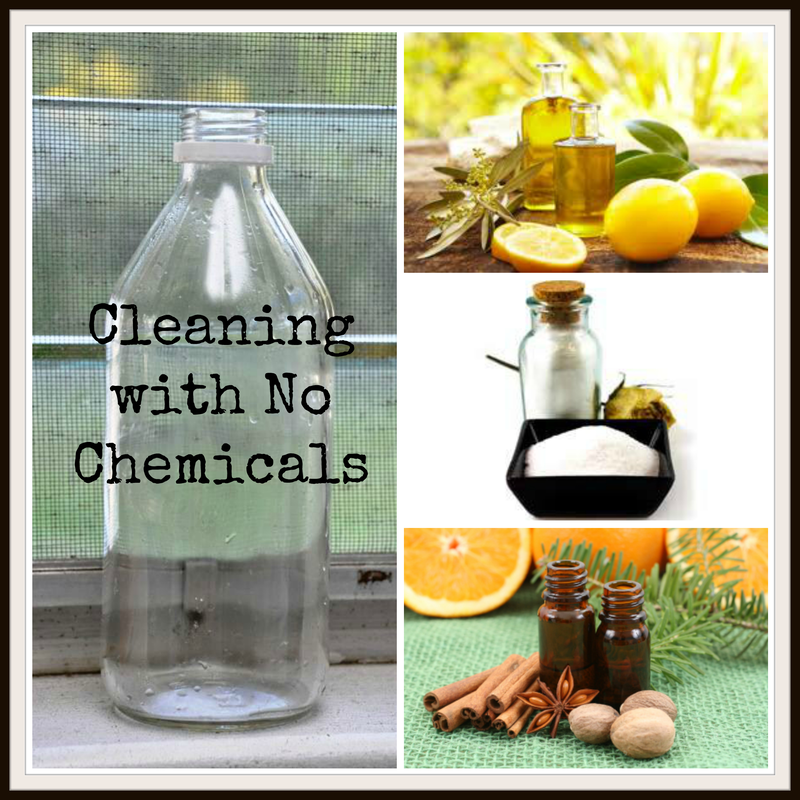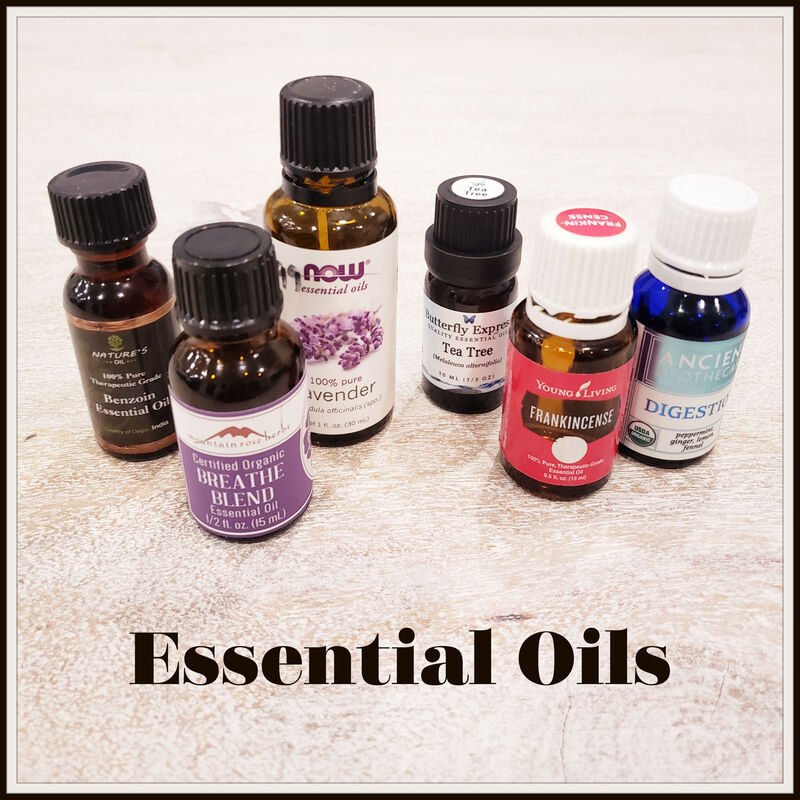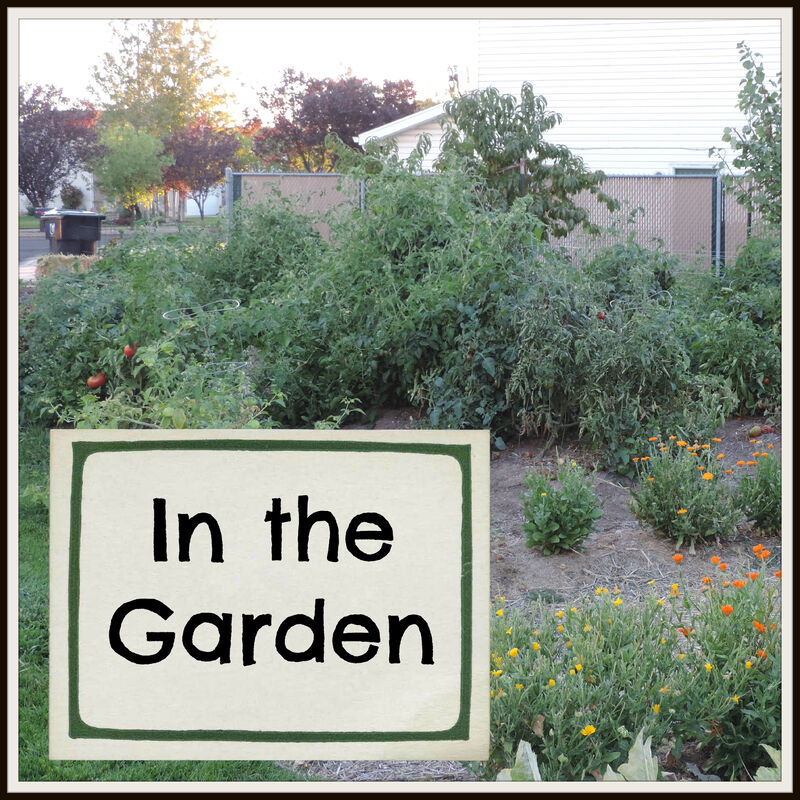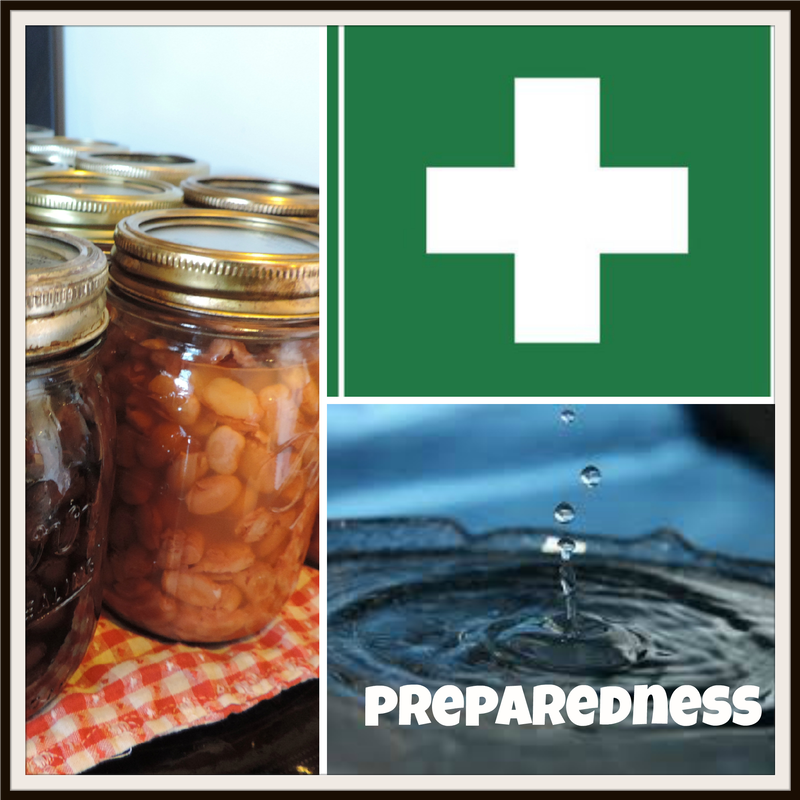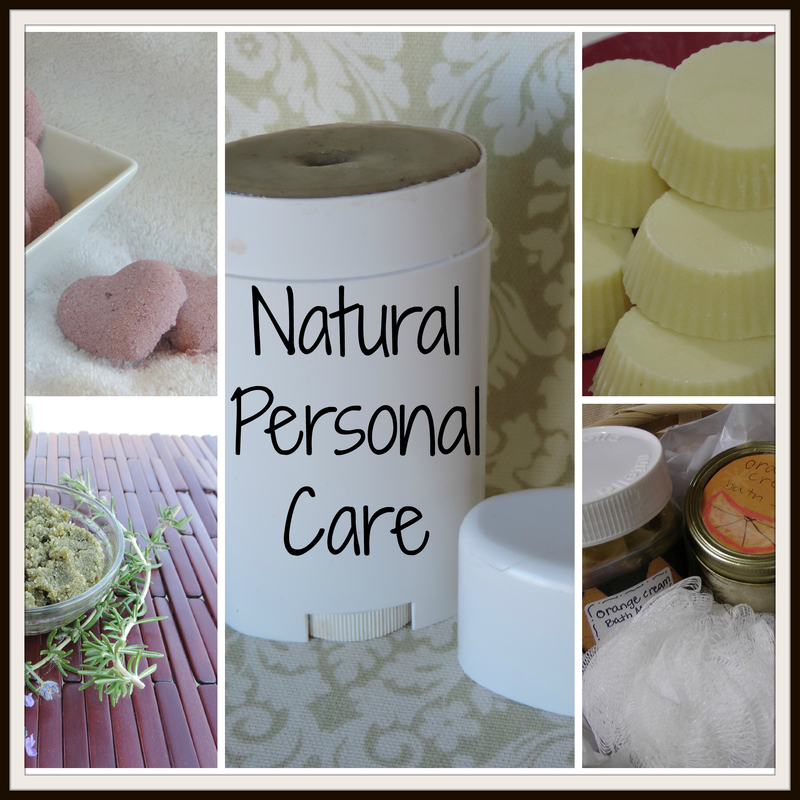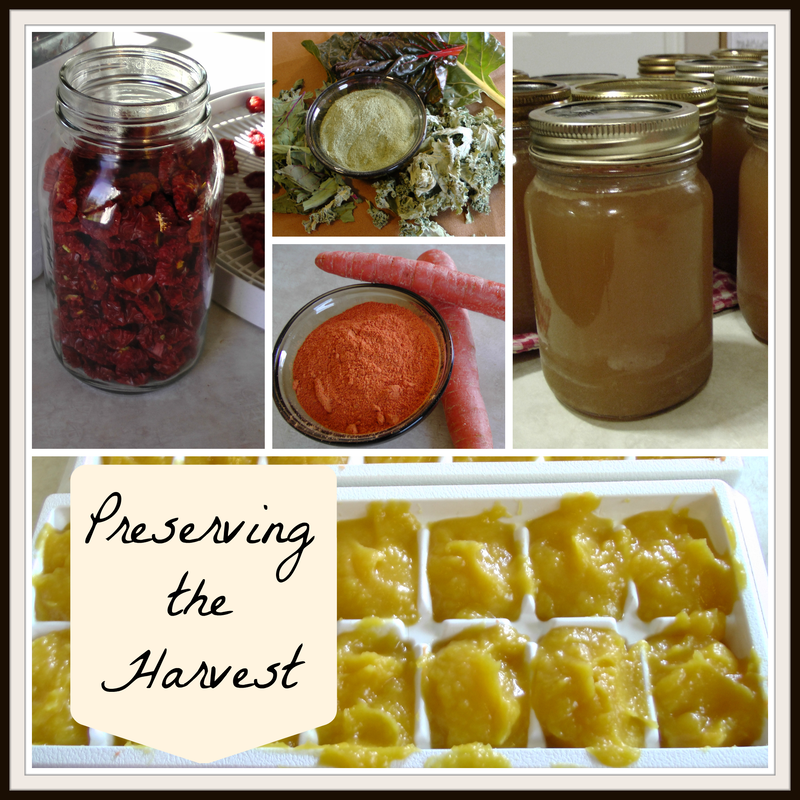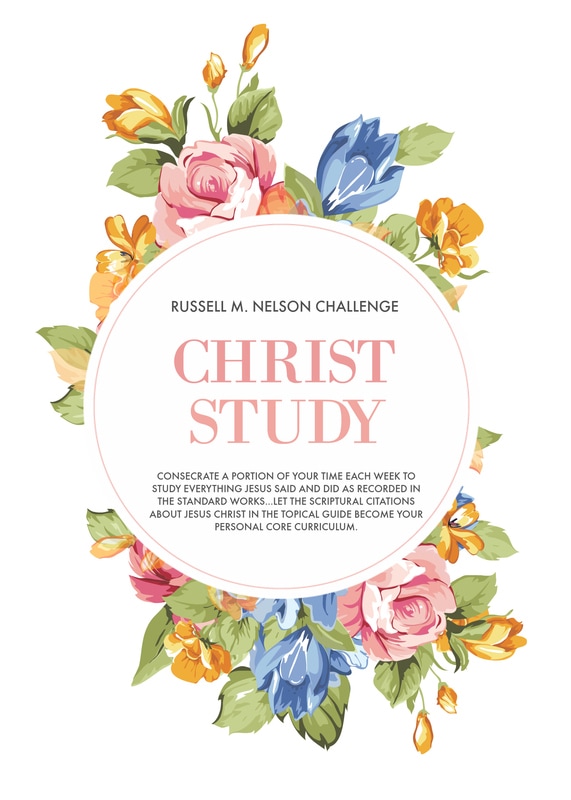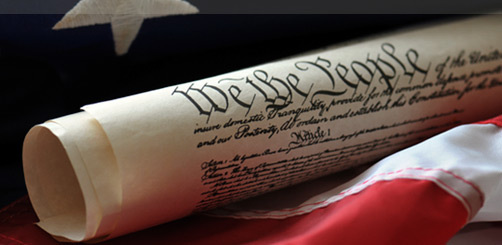Here are a few ways to inhale essential oils:
- Simply open the bottle and take a deep breath. I have also placed the essential oil directly on my shirt (just test for staining here), below my nose, behind my ears or on the pillow case at night. On the go you could place a cotton ball with a few drops of essential oil in a bag or container, then open and inhale when needed.
- Diffusing: you can purchase an electric diffuser made specifically for breaking up the oils into a micro-fine mist that is dispersed into the air, covering hundreds of square feet in seconds. The molecules remain suspended in the air for several hours. Likewise you can also use a humidifier, vaporizer, or a table fountain, just steer clear of heated diffusers as these will alter the properties of the essential oil and break them down much quicker.
- Spray bottle spritz: Fill a bottle with water and add anywhere from 20-40 drops of essential oil. Shake and spray in rooms and on surfaces.
- Open a bottle of essential oil and flick right onto your floor, in your bed, on your curtains, you get the idea. Just make sure the oil you use is not going to stain.
- Place a couple of drops on toilet paper rolls, every time you unroll it the aroma will be released. This also works on vacuum bags.
- Clay necklaces: you can make or purchase these nice clay necklaces. Place a couple of drops on the porous clay and the aroma will be slowly released right under your nose.
- Use your imagination and think outside the box.
- Applying essential oils to the wrist, behind the ears and the bottoms of the feet are the quickest ways for the oils to absorb into the body and blood stream, it is also useful to apply directly to area of concern if dealing with a physical problem. Use 1-3 drops of essential oil, less is best when using essential oils. Too much and your body can trigger a detox which could result in a headache, nausea, rash, etc.
- Applying neat: This means you apply the oil directly to the skin with no carrier. The benefit to applying this way is deeper penetration, which equals more accurate results. Just make sure the essential oil single or blend you are using is safe to be applied neat, don't use any of the "hot" oils without a carrier, these would include; oregano, cinnamon, clove, lemongrass and nutmeg to name a few. If you experience skin irritation after applying an oil neat, apply a carrier oil over the top to dilute the essential oil.
- Applying with a carrier: The benefits of using a carrier is your essential oil will go further, spreading over a larger area and more even absorption. You are also less likely to have skin irritation and risk of body "detox". I like to squirt a small amount of carrier oil (coconut, grapeseed, almond oil, etc.) into the palm of my hand, add 1-5 drops of essential oil, rub hands together and massage over area or apply to bottoms of the feet. Other carriers could include salves, lotions, and distilled water.
- When applying to infants or younger children always use a carrier oil and start with just 1 drop of essential oil, the general rule for dilution is 1:30, 1 drop essential oil to 30 drops of carrier (usually about a teaspoon).
- Layering: You can use more than one blend or single if you have multiple concerns by layering them. This means you apply one essential oil and rub into the skin, then apply another one on top of that. You can layer several oils in this manner.
These are the best! Water magnifies the properties of the oils and allows them to penetrate every part of your body. You can also place a few drops on the bottom of the shower letting them absorb into the pores of the feet and diffusing the air. 2-5 drops is enough for both and be mindful of what oils you are placing in your bath water, oils containing menthol may not feel too great on those "sensitive" areas. For a foot soak fill a basin, tub or large bowl with hot water and add 2-5 drops of essential oil. The oils will be absorbed into your body through the feet and as with the bath and shower will be diffused throughout the room.
First Aid:
Essential oils make a great first aid kit due to their antiseptic, antibacterial, and regenerative properties. You can use them need and/or add them to salves, balms, and washes. The best essential oils for first aid in my opinion are: lavender, tea tree (melaleuca),frankincense, helichrysum (italicum), and yarrow.
Add essential oils to your dishwater when washing dishes, to the laundry, in your DIY household cleaners, disinfectant sprays, furniture polish, and any other cleaning uses.
Make your own mouthwash and/or gargle, brush your teeth with them, add them to your hand and face creams, shampoo and conditioner.
